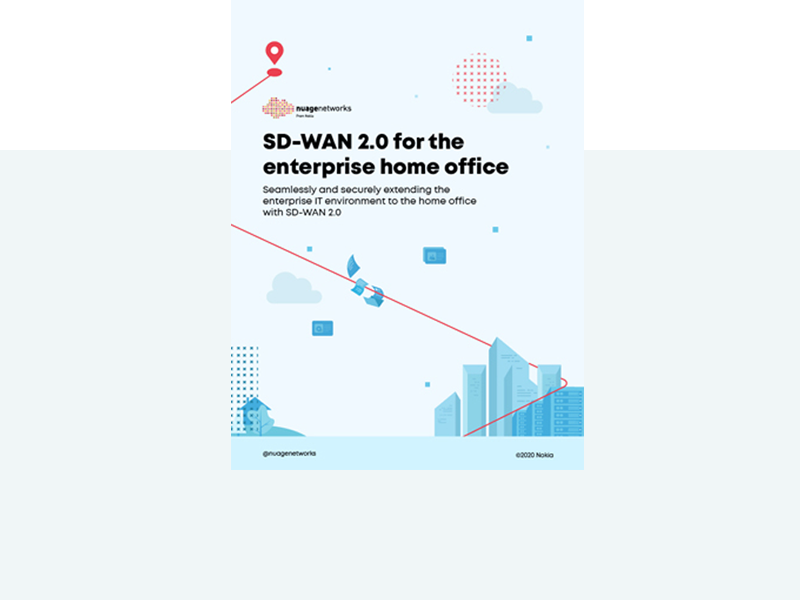When SD-WAN hit the market in 2014 it promised a wealth of new benefits over traditional WAN services. These benefits included the integrated use of multiple access technologies (Internet, MPLS and mobile broadband), application awareness and the ability to prioritize applications in real time, and lastly full visualization on the application use across the WAN. These benefits provided a watershed moment for many enterprises, finally they could select the right access circuits for each branch location and control the application usage across the wide area.
The benefits were strong but there was a cost. To deploy an SD-WAN either the enterprise (DIY) or the Service Provider had to invest in the core service components (policy engines, SDN Controllers and the associated security appliances) that enable the SD-WAN. On top of this was the IT systems and virtual compute that hosted all these network functions and the ongoing operational expenditure to maintain the SD-WAN platform 24/7.
For the enterprise these ongoing costs and heavy IT management burdens forced many to rethink their initial deployments and move back to a managed SD-WAN offering from their Service Provider. This was especially evident as digital transformations took hold and the enterprise utilization of cloud-based IT systems increased which added complexity on the WAN.
Many of the world’s leading Service Providers accepted the challenge and began the process of on-boarding and operationalizing SD-WAN alongside their existing network services. For them this meant resource intensive projects to integrate the new SD-WAN platforms into their legacy OSS and BSS systems. The cost and ongoing operation of these SD-WAN platforms has hindered the feature velocity of their offerings to their markets, as any enhancements need to pass through a rigorous set of internal processes and multi-team signoffs. The result is often a delay in offering the latest feature sets including the emerging SASE and cloud connections that most enterprises need to fulfil their digital transformation.






